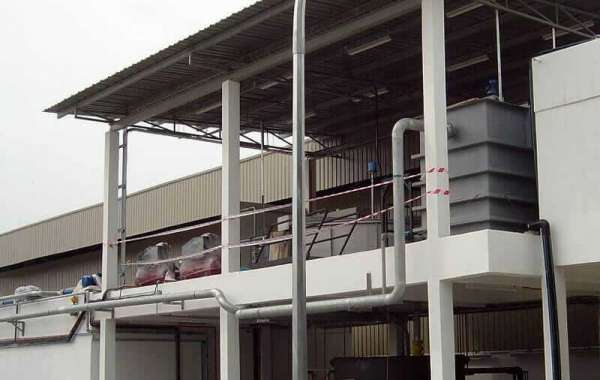Termites are among the most destructive pests that can invade a home, causing extensive damage before homeowners even realize there's a problem. If you've discovered signs of termite activity, understanding the restoration process is crucial for protecting your property and preventing future infestations. This article will cover the steps involved in termite damage restoration, including identification, repair, and preventive measures.
Recognizing the Signs of Termite Damage
Before diving into the restoration process, it's essential to recognize the signs of termite damage. Common indicators include:
1. Mud Tubes
Termites often build mud tubes to protect themselves while traveling between their nest and food sources. These tubes can be found along foundations, walls, or other surfaces.
2. Hollowed Wood
If you tap on wooden structures and hear a hollow sound, it's a sign that termites have been feeding inside.
3. Frass (Droppings)
Termite droppings resemble small pellets or sawdust and are usually found near areas where termites are active.
4. Discarded Wings
After swarming, reproductive termites shed their wings. Finding wings around windowsills or doors can indicate an infestation.
5. Swollen or Buckled Wood
Wood that appears warped or swollen can signal termite damage. This can often be mistaken for water damage but should be investigated further.
The Termite Damage Restoration Process
Once you've identified termite damage, the restoration process typically involves several key steps:
1. Consult a Pest Control Professional
The first step in the restoration process is to consult a pest control professional. They will conduct a thorough inspection of your property to determine the extent of the infestation and recommend a treatment plan. Options may include baiting systems, liquid insecticides, or fumigation.
2. Eliminate the Termite Infestation
After assessing the damage, it's crucial to eliminate the termite infestation. Treatment methods may vary depending on the severity and type of termite present. It’s essential to follow the pest control professional's recommendations to ensure complete eradication.
3. Assess the Extent of Damage
Once the termites have been eliminated, assess the extent of the damage. This may involve examining wooden beams, floors, and other affected areas. A thorough inspection will help determine which parts of the structure require repair or replacement.
4. Remove Damaged Wood
For significant damage, it may be necessary to remove and replace affected wood. Using a saw, carefully cut out the damaged sections, ensuring that you remove all compromised wood. Wear protective gear to prevent exposure to any harmful materials or pests.
5. Replace and Reinforce Structural Components
When replacing damaged wood, opt for treated lumber or naturally resistant materials like cedar or redwood. If structural components are significantly weakened, reinforce them with additional supports, such as steel brackets or extra joists, to ensure the safety and stability of your home.
6. Repair and Restore Affected Areas
After replacing damaged wood, restore the area by applying new paint, stain, or other finishes to match the existing decor. This final touch will help ensure a seamless appearance and protect the new wood from potential future damage.
Preventing Future Termite Infestations
After successfully restoring termite damage, it's crucial to take steps to prevent future infestations. Here are some effective preventive measures:
1. Maintain Proper Drainage
Ensure that gutters and downspouts are directing water away from your home’s foundation. Standing water can attract termites, so proper drainage is essential.
2. Limit Wood-to-Soil Contact
Avoid direct contact between wooden structures and soil. Use concrete or metal supports for decks and porches, and elevate wooden elements above soil level to reduce the risk of termite access.
3. Store Firewood Away from the Home
If you use firewood, store it at least 20 feet away from your home and keep it off the ground. This helps minimize the risk of termites transferring to your home.
4. Regular Inspections
Schedule regular inspections with pest control professionals to monitor for signs of termite activity. Early detection is key to preventing severe infestations.
5. Use Termite-Resistant Materials
When building or renovating, consider using termite-resistant materials, such as pressure-treated lumber or composite materials, which can help reduce the risk of future infestations.
Conclusion
Termite damage restoration is a critical process for homeowners dealing with the aftermath of a termite infestation. By recognizing the signs of damage, consulting professionals, and following a systematic restoration process, you can effectively restore your home and protect it from future infestations. Implementing preventive measures will further safeguard your property, ensuring it remains a safe and comfortable environment for years to come. If you suspect termite activity in your home, act promptly to protect your investment and maintain the integrity of your property.










